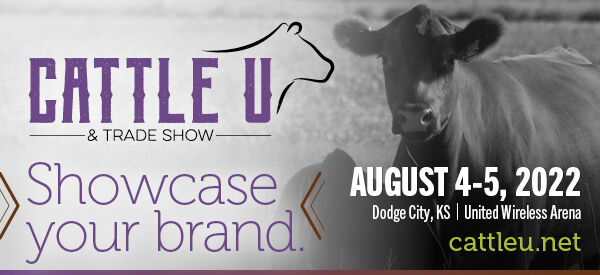The typical cow-calf producer in southwest Missouri knows a lot about growing forages, feeding and caring for cows, nursing calves and stockers. They may pride themselves on making breeding stock decisions and getting a high percentage of their cows to wean a calf.
A part of the beef cow-calf enterprise they may not feel so comfortable with is marketing, according to Eldon Cole, a field specialist in livestock for University of Missouri Extension.
“Many producers simply load their calves right off the cows, and haul the bawling calves to their favorite auction facility. The male calves may still be bulls, and horned calves are still horned,” said Cole.
In those cases, it is possible the decision to sell was made on the spur of the moment and in many cases the seller had not spoken to the folks at their market of choice about what or when they were bringing calves.
“Perhaps those of us with MU Extension have not done as good a job of educating the rank-and-file, cow-calf producer about the importance of their efforts in selling calves they have invested a year plus in producing,” said Cole. “When you stop and think about it, there are several things you can do to enhance your marketing skills.”
Here are a few examples of things Cole says will enhance your cattle marketing skills.
1. Marketing starts all the way back at the breeding season when you try to get a high percentage of the cows bred in a short period. This bunches the future calf crop which gives you a larger number of calves to sell in a group. Bidding is always more active on larger lots.
2. Fast forward to calving season and the first two or three months of the calves’ lives. Castration of the bulls early is so important. Regardless of the castration method, do it early. Once again, buyers pay more for steers. Horns may also be a discount item.
3. Before marketing day, calves should be weaned and given vaccinations as recommended by the veterinarian or your market. Buyers also like to know if they have been checked for BVD-PI, implanted perhaps and the product used. They also like calves that are weaned forty-five days before sale day. This information should be given to sale representatives well ahead of delivery to the sale.
4. There are programs that give a producer the opportunity to tell their story about the genetic merit of their calves in the feedlot and on-the-rail. This could be from actual performance of herd mates or expected performance from the expected progeny difference of their sires in recent generations.
“Another opportunity to tout your cattle’s genetic potential is based on actual genomic tests of herd mates. Even announcing who the sire is, especially if he’s a popular AI bull known for post-weaning performance may bring an extra bid or two,” said Cole.
The Missouri Steer Feedout may be used to obtain post-weaning and carcass data if a producer does not have a large enough herd to send a pot load to a feedlot. One group of five steers may not seem like enough data to excite order buyers but if repeated on several feedouts bidders will pay attention.
More information the feedout is available at extension.missouri.edu/lawrence or contact your MU Extension livestock specialist.
“Whether you’re selling five or five hundred head of cattle don’t feel you can’t help yourself when you’re selling your calves. You must work for opportunities to tell your marketers the story of your cattle and why they deserve one more bid,” said Cole.



